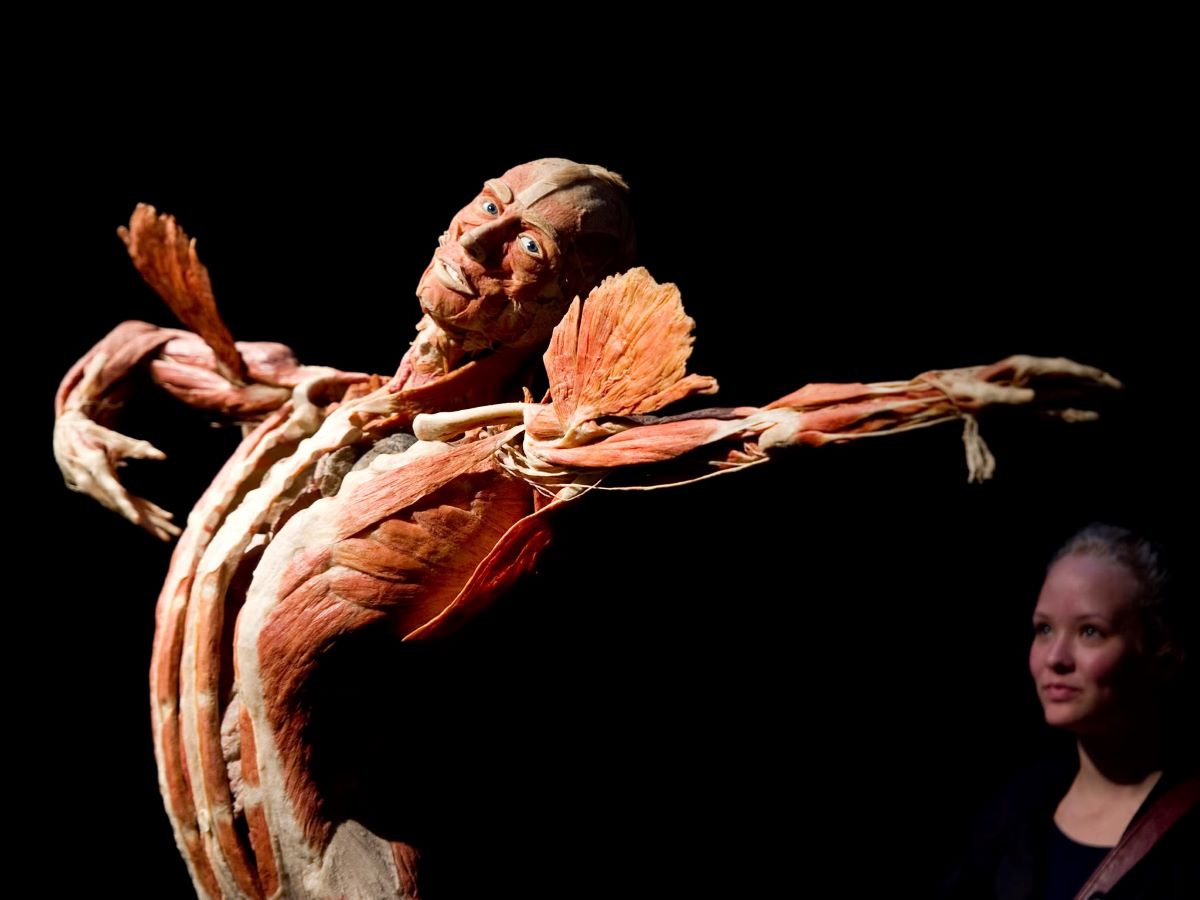
Human anatomy, a complex and fascinating subject, reveals the intricate details of how our bodies function. From the strength of our bones to the efficiency of our brains, every part plays a crucial role in our daily lives. Did you know that the human body contains over 600 muscles and that the small intestine is roughly 20 feet long? These facts barely scratch the surface of what there is to learn about our biological makeup. In this blog post, we'll uncover 18 intriguing facts about human anatomy that will surprise and educate you. Whether you're a budding biologist, a curious student, or simply interested in learning more about what makes us tick, these insights will provide a deeper appreciation for the human body's complexity and resilience.
The Human Brain
The brain is a fascinating organ, controlling everything from thoughts to movements. Here are some intriguing facts about it:
- The brain weighs about three pounds, yet it consumes 20% of the body's energy.
- It contains approximately 86 billion neurons, each forming thousands of connections.
- The brain's storage capacity is virtually limitless, with estimates suggesting it can hold up to 2.5 petabytes of information.
- During sleep, the brain clears out toxins that accumulate during the day.
- The brain can generate about 23 watts of power, enough to power a small light bulb.
The Human Heart
The heart is a powerful muscle, tirelessly pumping blood throughout the body. Let's look at some heart-related facts:
- The heart beats around 100,000 times a day, circulating about 2,000 gallons of blood.
- It has its own electrical system, allowing it to beat independently of the brain.
- A woman's heart typically beats faster than a man's.
- The heart can continue beating even when disconnected from the body, as long as it has an oxygen supply.
- Laughing can increase blood flow by 20%, promoting heart health.
The Human Skeleton
Our skeleton provides structure and support, enabling movement and protecting vital organs. Here are some skeletal facts:
- The human body has 206 bones, with over half located in the hands and feet.
- Bones are about five times stronger than steel of the same density.
- Babies are born with approximately 270 bones, some of which fuse together as they grow.
- The smallest bone in the body is the stapes, located in the middle ear.
- Bones are constantly being remodeled, with about 10% of the skeleton replaced each year.
The Human Digestive System
The digestive system breaks down food, absorbing nutrients and expelling waste. Check out these digestive facts:
Piecing Together the Marvels of Human Anatomy
We've journeyed through a fascinating exploration of human anatomy, uncovering 18 incredible facts that showcase the complexity and wonder of our bodies. From the regenerative power of the liver to the vast network of blood vessels, each fact has highlighted not just the biological marvels but also the intricate balance that sustains life. Understanding these aspects of human anatomy does more than just expand our knowledge; it deepens our appreciation for the incredible machine that is the human body. Whether it's marveling at the brain's processing speed or the heart's tireless work, we're reminded of the resilience and adaptability that define us. Let's carry forward this sense of wonder and curiosity, recognizing that each discovery about our anatomy is a step closer to unraveling the mysteries of our existence.
Was this page helpful?
Our commitment to delivering trustworthy and engaging content is at the heart of what we do. Each fact on our site is contributed by real users like you, bringing a wealth of diverse insights and information. To ensure the highest standards of accuracy and reliability, our dedicated editors meticulously review each submission. This process guarantees that the facts we share are not only fascinating but also credible. Trust in our commitment to quality and authenticity as you explore and learn with us.


